See Mercury Through Telescope
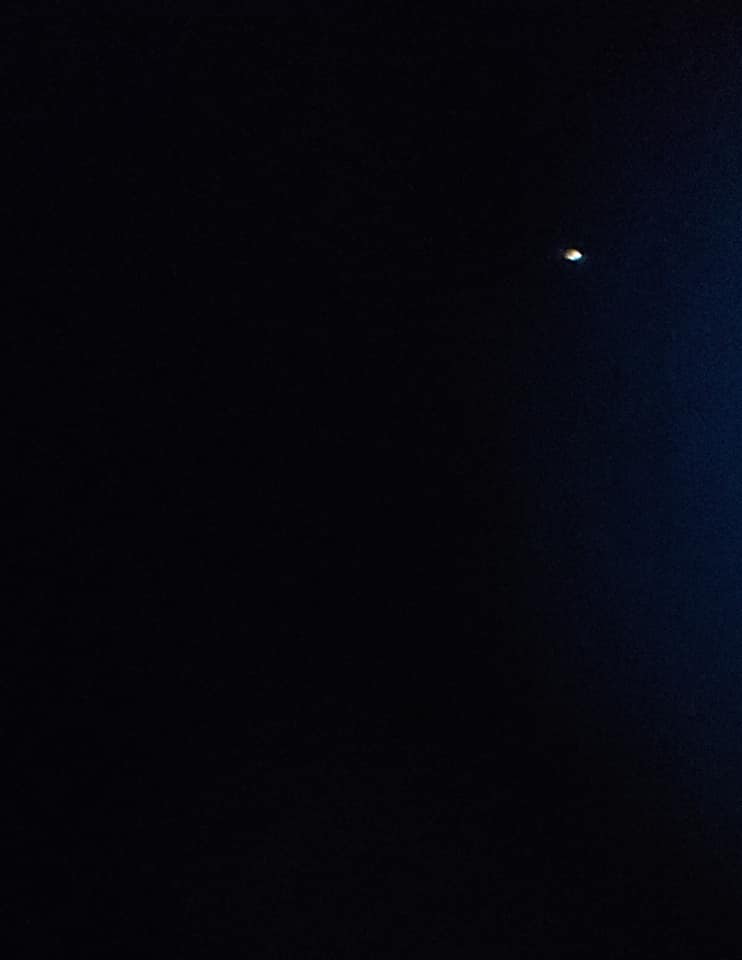
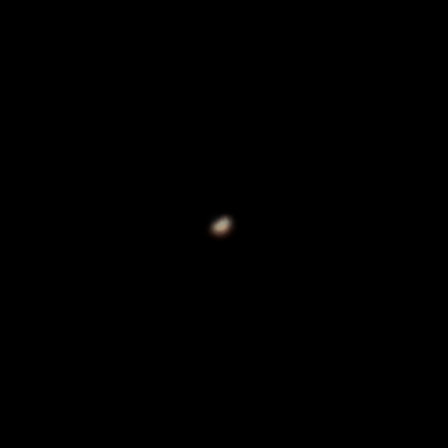
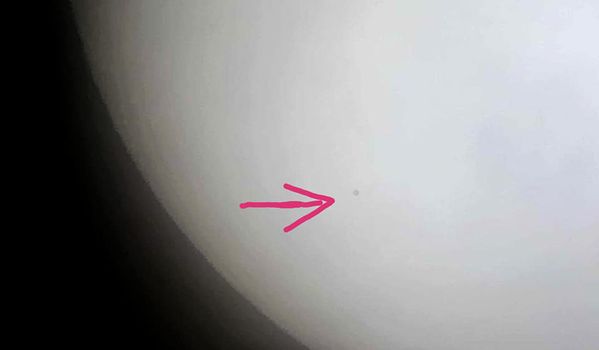
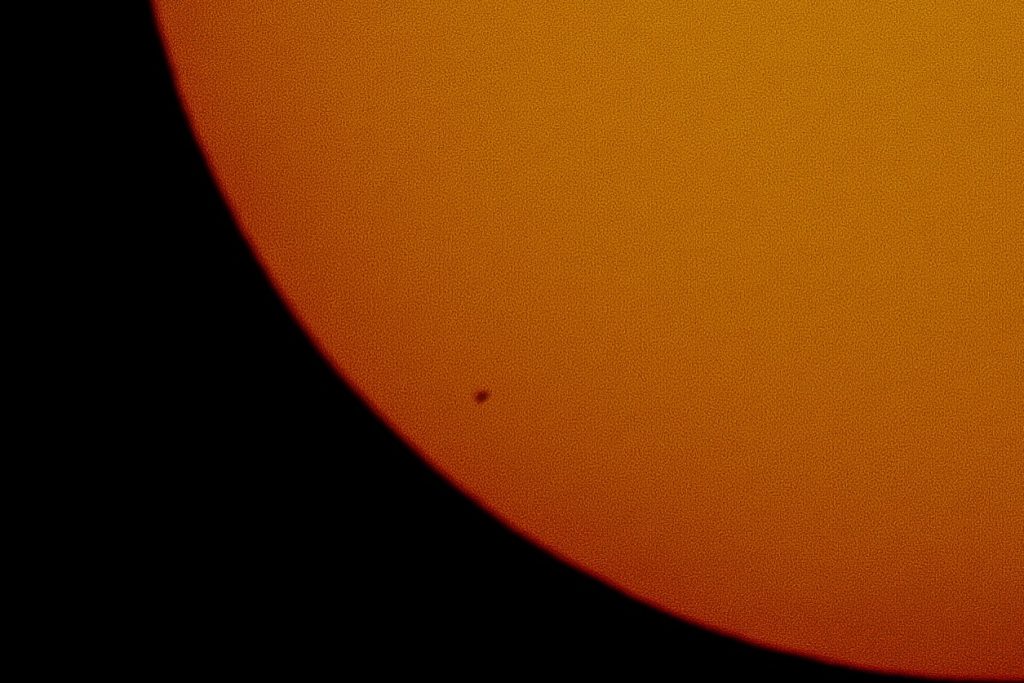
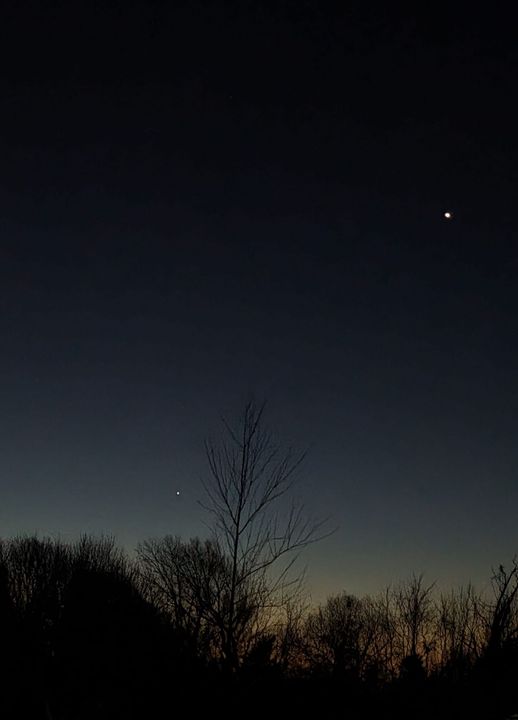
Viewing Mercury with a telescope is possible but challenging due to its proximity to the Sun. The Sun’s glare often obscures Mercury. Mercury can be seen during its greatest elongations, when it appears farthest from the Sun’s glare. Telescope with at least 60 mm (2.4 inches) in aperture is recommended to see Mercury. Observers will need a magnification of 50-100x to discern Mercury’s phases. Mercury can be seen with the naked eye or with binoculars, but a telescope provides the best views.
Mercury can be seen from Earth at night without a telescope, but it presents a challenge due to its proximity to the Sun. It can be seen low on the horizon either shortly after sunset or just before sunrise, during its greatest elongations in the spring and fall.
When observed through a telescope, Mercury appears as a small, brownish or grayish disc, similar to the Moon in terms of its phases. Mercury’s small apparent size makes it difficult to observe surface details with smaller telescopes. The planet’s disk appears around 5-10 arcseconds in diameter with a moderate-sized telescope. Mercury’s surface is relatively dark, with an albedo of around 0.12.
A good telescope for viewing Mercury should have a minimum aperture of 60mm, ideally 100mm or more for better detail. A longer focal length and moderate to high magnification power (100x to 200x) are also recommended. Both refractor and reflector telescopes can be used, but reflector telescopes are often preferred for their cost-effectiveness. Tracking capabilities can help keep Mercury centered in the field of view.
To observe Mercury with a telescope, use a telescope with an aperture of at least 2.4 to 4 inches, preferably a refractor telescope with GoTo and tracking capabilities. Observe Mercury during its greatest elongations from the Sun, which occur about 3-4 times a year. Use binoculars to initially locate Mercury in the sky and start with a low-power eyepiece to locate Mercury, then switch to a higher power eyepiece for a closer view. Use filters like yellow or orange to reduce sky brightness and improve the contrast of Mercury’s features. Never look directly at the Sun. Always use proper solar viewing filters or projection methods to safely observe Mercury during a transit or when it is near the Sun.
Can you see Mercury with a telescope?
Yes, you can see Mercury with a telescope, although it presents a challenge due to its proximity to the Sun. Mercury is the closest planet to the Sun and its position in the sky often makes it difficult to observe from Earth. With the right conditions and equipment, it is possible to see this elusive planet.
Mercury’s proximity to the Sun often obscures it, with the Sun’s glare causing the obscuration. The best times to spot Mercury are around its greatest elongations, when it appears farthest from the Sun’s glare. Mercury can be seen in the morning or evening sky, although observers will need an unobstructed view of the horizon as Mercury appears low in the sky. Atmospheric turbulence makes viewing difficult, so favorable viewing conditions are essential.
Telescope with at least 60 mm (2.4 inches) in aperture is recommended to see Mercury. Larger telescopes with an aperture of 150 mm or more will provide better detail and allow observers to see Mercury’s phases, which are similar to those of the Moon. Observers will need a magnification of 50-100x to discern Mercury’s phases. While it is possible to see Mercury with the naked eye or with binoculars, a telescope will provide the best views of this small planet. Images of Mercury taken through a telescope can be captured, allowing observers to study the planet in more detail.
Can Mercury be seen at night without a telescope?
Mercury can be seen from Earth at night without the aid of a telescope. Seeing Mercury without a telescope presents a challenge to even the most seasoned stargazers due to its proximity to the Sun.
The visibility of Mercury is subject to certain conditions. It can be seen low on the horizon either shortly after sunset or just before sunrise. The optimal times for viewing Mercury are during its greatest elongations, which occur in the spring and fall. During these periods, Mercury reaches its maximum angular separation from the Sun as observed from Earth. One requires an unobstructed view of the horizon and favorable weather conditions to spot Mercury. It appears as a bright, fast-moving star in the western sky after sunset or in the eastern sky before sunrise.
Mercury can only be seen for a short period, around 1-2 hours after sunset or before sunrise. Without a telescope or binoculars, it is impossible to discern any details on Mercury’s surface or observe phenomena like transits across the Sun’s disk.
Why is Mercury hard to see without a telescope?
Mercury is hard to see primarily due to its proximity to the Sun and its small size.
Mercury orbits near the Sun, which often causes it to be lost in the Sun’s glare. This proximity makes viewing possible only during brief windows around sunrise or sunset, when the sky is dark enough to spot Mercury. Mercury’s maximum elongation is only 28 degrees from the Sun, meaning it never strays far from the Sun’s vicinity. This, coupled with the Sun’s brightness, makes observing Mercury a challenging task.
Mercury is a relatively small planet, with a diameter of approximately 4,879 kilometers (3,031 miles). Mercury appears as a tiny dot in the sky to the naked eye. Mercury’s angular diameter ranges from about 4.5 to 13.5 arcseconds, which is significantly smaller than what the human eye can resolve. The human eye can only resolve objects with an angular diameter of about 20-30 arcseconds or larger, making Mercury a very small target in the sky that is hard to see without magnification.
Mercury stays low on the horizon, making it easily obscured by buildings and trees. To observe Mercury, one requires an unobstructed view of the horizon. Mercury’s orbit is tilted at about 7 degrees relative to Earth’s orbit. Mercury’s orbit causes it to appear close to the Sun in the sky, adding to the challenge of spotting it.
What does Mercury look like with a telescope?
Mercury appears as a small, brownish or grayish disc through a telescope. The planet’s appearance is often described as similar to the Moon in terms of its phases, which can range from a thin crescent to a full disk.
Mercury’s small apparent size makes it difficult to observe surface details with smaller telescopes. The planet’s disk appears around 5-10 arcseconds in diameter with a moderate-sized telescope, which is roughly 1/5 to 1/3 the size of the Moon’s disk.
Telescopic images of Mercury often show a bright, featureless disk. Mercury planet does have a slight yellowish or cream-colored tint. This coloration is due to the presence of iron and silicate particles on Mercury’s surface. Mercury’s surface is relatively dark, with an albedo (reflectivity) of around 0.12, lower than that of the Moon.
Observers using telescopes notice a slight flattening at Mercury’s poles and a bulge at its equator. This is due to the planet’s rapid rotation. Mercury’s appearance through a telescope is characterized by its small size, bright magnitude, and distinct phase. Under favorable viewing conditions, Mercury can be seen as a thin, curved sliver of light, resembling a miniature version of the Moon.
While Mercury’s surface features are not easily discernible with amateur telescopes, large craters and basins on the planet can be detected with professional instruments or space-based observatories.
What is a good telescope to see Mercury?
Telescope with a minimum aperture of 60mm (2.4 inches) is recommended to see Mercury. Aperture of 100mm (4 inches) or more is ideal for better detail. Larger aperture will allow you to see Mercury’s small disk and surface features like craters more clearly, providing a viewing experience similar to that of Earth’s moon.
Longer focal length will provide a larger image, making Mercury easier to see. For viewing Mercury, a focal length of at least 700mm (27.5 inches) is recommended.
Moderate to high magnification power (100x to 200x) is suitable for viewing Mercury. This level of magnification will allow you to discern Mercury’s phases and see its small disk in greater detail.
Both refractor and reflector telescopes can be used for viewing Mercury. Reflector telescopes are often preferred for their ability to provide high magnification at a lower cost.
Tracking capabilities are beneficial for viewing Mercury. As Mercury is close to the Sun and moves relatively quickly across the sky, a telescope with tracking capabilities can help keep Mercury centered in the field of view.
There are several telescopes that are well-suited for viewing Mercury. The Celestron NexStar 130SLT Computerized Telescope, with its 130mm (5.1 inches) aperture and 650mm (25.6 inches) focal length, is a great option. Other recommended telescopes include the Celestron NexStar 8SE, the Sky-Watcher SkyMax 127, and the Orion SkyQuest XT6 Dobsonian.
How to observe Mercury with a telescope?
To observe Mercury with a telescope, follow the steps listed below.
- Use a telescope with an aperture of at least 2.4 to 4 inches, preferably a refractor telescope with GoTo and tracking capabilities.
- Observe Mercury during its greatest elongations from the Sun, which occur about 3-4 times a year.
- Face the eastern horizon about an hour before sunrise for morning visibility, ensuring a clear view of the horizon.
- Use binoculars to initially locate Mercury in the sky.
- Start with a low-power eyepiece (20-30x) to locate Mercury, then switch to a higher power eyepiece (50-100x) for a closer view.
- Use filters like yellow or orange to reduce sky brightness and improve the contrast of Mercury’s features.
- Observe Mercury when it is highest in the sky, usually around sunrise or sunset, to minimize atmospheric distortion.
- Use a sturdy tripod or equatorial mount to stabilize the telescope for smooth and precise tracking of Mercury’s fast motion.
- Never look directly at the Sun; always use proper solar viewing filters or projection methods to safely observe Mercury during a transit or when it is near the Sun.
- Be prepared to spend time waiting for the right viewing conditions and adjusting your telescope settings to get a clear view of Mercury.
Mercury is best observed during its greatest elongations from the Sun, which occur when the planet is at a 28° angle from the Sun in the sky. These events usually happen about 3-4 times a year and provide the optimal opportunity to see Mercury. Face the eastern horizon about an hour before sunrise for morning visibility, ensuring a clear view of the horizon. Binoculars can help initially locate Mercury in the sky.
When observing Mercury, it is essential to use the appropriate power and filters to enhance the view. Start with a low-power eyepiece (20-30x) to locate Mercury, then switch to a higher power eyepiece (50-100x) for a closer view. Magnify to 200x-250x with your telescope to see surface details. Using filters like yellow or orange can help reduce sky brightness and improve the contrast of Mercury’s features.
Mercury’s appearance through a telescope can be described as a small, bright disk, about 10-15 arcseconds in diameter. At higher powers (100-200x), you are able to see the planet’s surface features, terminator, and possible cloud formations. Mercury appears as a small, dark disk moving across the face of the Sun during a transit. Transit occurs about 13 times per century.
Best time to observe Mercury when it is highest in the sky, usually around sunrise or sunset. Using a sturdy tripod or equatorial mount can help stabilize the telescope, allowing for smooth and precise tracking of Mercury’s fast motion.
Never look directly at the Sun when observing Mercury. Always use proper solar viewing filters or projection methods to safely observe Mercury during a transit or when it is near the Sun. Be prepared to spend time waiting for the right viewing conditions and adjusting your telescope settings to get a clear view of Mercury.
